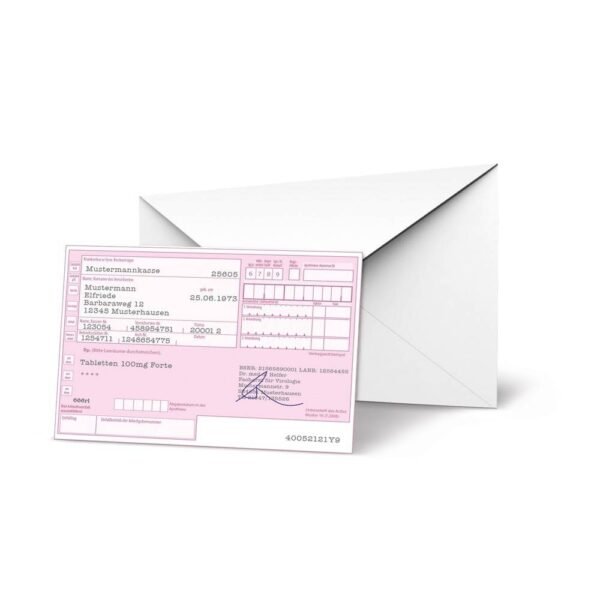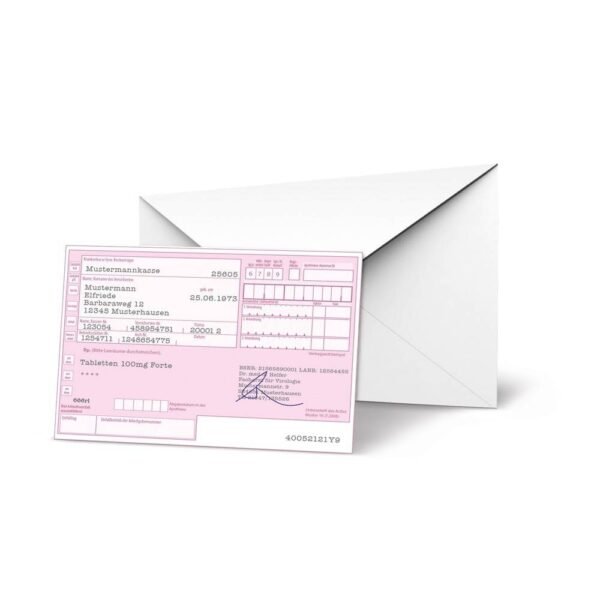Pharmacological action
Estrogen. Follicular hormone necessary for the development of the female body and reproductive system. Exogenous estradiol has the same physiological effect as natural hormones: it stimulates the development of the uterus, fallopian tubes, the development of secondary sexual characteristics when they are underdeveloped, causes proliferative changes in the endometrium, increases the excitability of the uterus, and suppresses lactation in large doses. Estradiol regulates nitrogen metabolism, reduces the level of lipids and cholesterol in the blood, and has a weak anabolic effect. It helps maintain a balance between osteoblasts and osteoclasts, reduces bone resorption and promotes its formation.
Pharmacokinetics
After oral administration, it is absorbed from the gastrointestinal tract. It undergoes the «first pass» effect through the liver. It is metabolized to less active metabolites — estriol and estrone. The metabolites are excreted by the kidneys, a small part — through the intestines. Indications for use of the active substance ESTRADIOL
Amenorrhoea, primary and secondary; hypoplasia of the genital apparatus and secondary sexual characteristics; hormone replacement therapy for disorders observed during natural or surgically induced menopause (including vasomotor disorders, hot flashes, increased sweating, sleep disorders, atrophic processes in the vagina and lower urinary tract), the cause of which is a deficiency in the production of endogenous estrogens; prevention of recurrent infectious and inflammatory diseases of the vagina and lower urinary tract; prevention and treatment of postmenopausal osteoporosis.
Side effects
From the central nervous system: headache, dizziness, depression are possible.
From the digestive system: nausea, vomiting, cholestatic jaundice, liver dysfunction, cholelithiasis are possible.
From the endocrine system: possible uterine and vaginal bleeding, tension of the mammary glands and their enlargement, changes in libido, proliferation of the endometrium, development of endometrial carcinoma (in women with an intact uterus after menopause), edema, weight gain.
Allergic reactions: possible urticaria, skin rash.
Dermatological reactions: possible erythema multiforme, chloasma, melasma.
Contraindications for use
Breast and endometrial cancer, uterine myoma, endometriosis, uterine bleeding of unknown etiology; severe liver damage, severe cardiovascular diseases, collagenoses, porphyria, pituitary tumors, otosclerosis, thrombophlebitis, thromboembolism; history of hepatitis, jaundice, prolonged itching, herpes during a previous pregnancy; pregnancy, lactation period (breastfeeding).
Use during pregnancy and breastfeeding
Contraindicated during pregnancy and lactation (breastfeeding).
Use in case of liver dysfunction
Contraindicated in severe liver damage, history of hepatitis, jaundice. Should be used with caution in patients with liver dysfunction.
Use in case of renal dysfunction
Should be used with caution in patients with renal dysfunction.
Special instructions
A gynecological examination should be performed before starting treatment, and at least once a year during long-term therapy. It is advisable to combine treatment with estradiol with gestagens.
Should be used with caution in patients with coronary heart disease, circulatory failure, migraine, bronchial asthma, epilepsy, severe arterial hypertension, liver and/or kidney dysfunction.
Estradiol may cause an increase in existing uterine fibroids.
During the period of estradiol use, liver function and blood pressure should be systematically monitored; in patients with diabetes, blood glucose levels should be monitored.
Drug interactions
When used simultaneously, estrogens can reduce the effect of anticoagulants, antihypertensive and hypoglycemic drugs.
When used simultaneously with estradiol and drugs that induce liver enzymes (barbiturates, carbamazepine, griseofulvin and rifampicin), the level of estradiol in the blood plasma may decrease.
Warning: Always consult a doctor before using medications.












